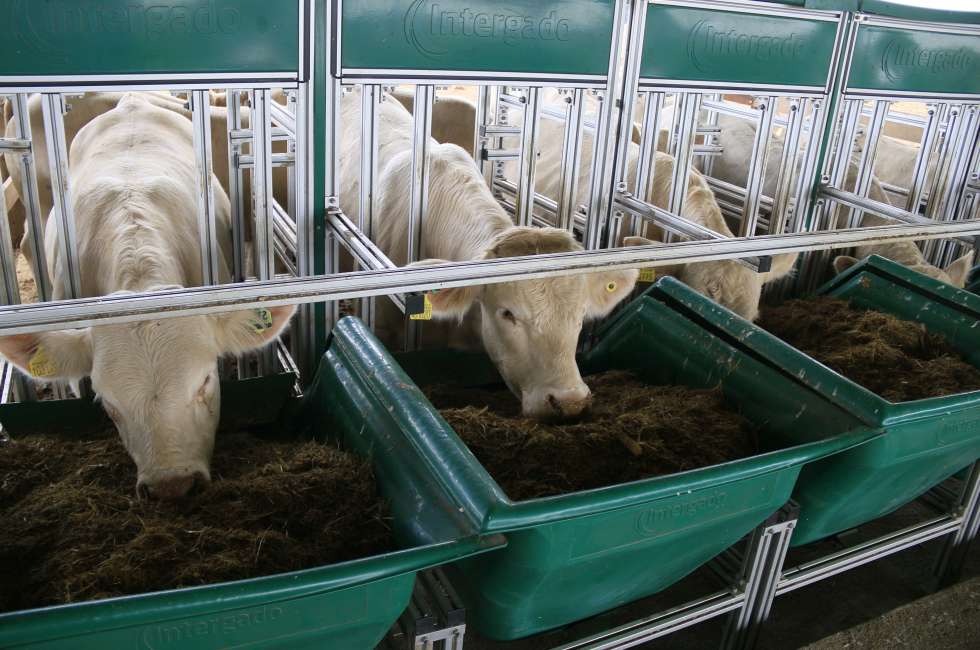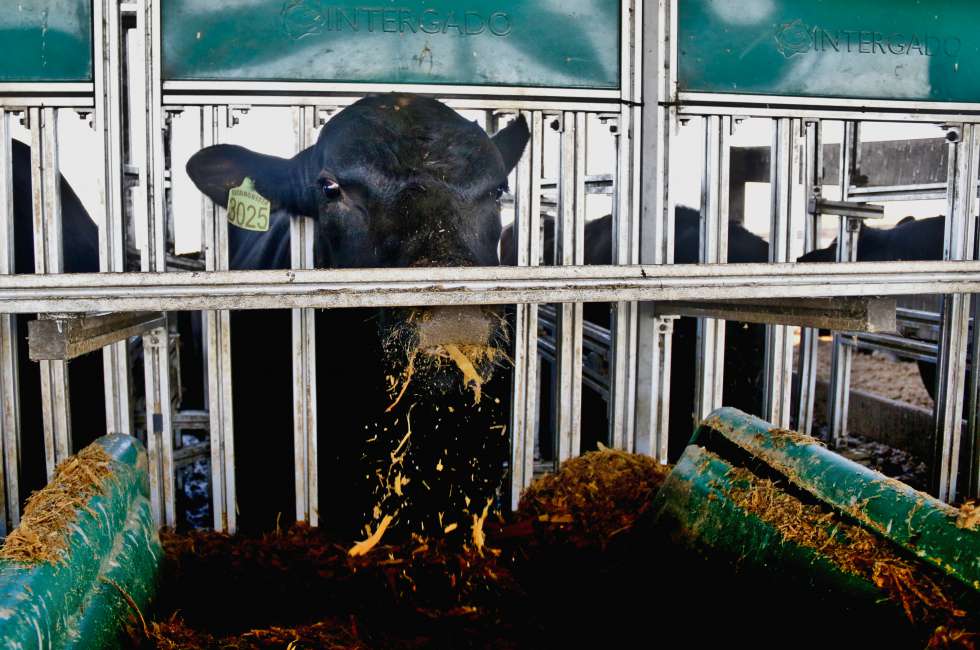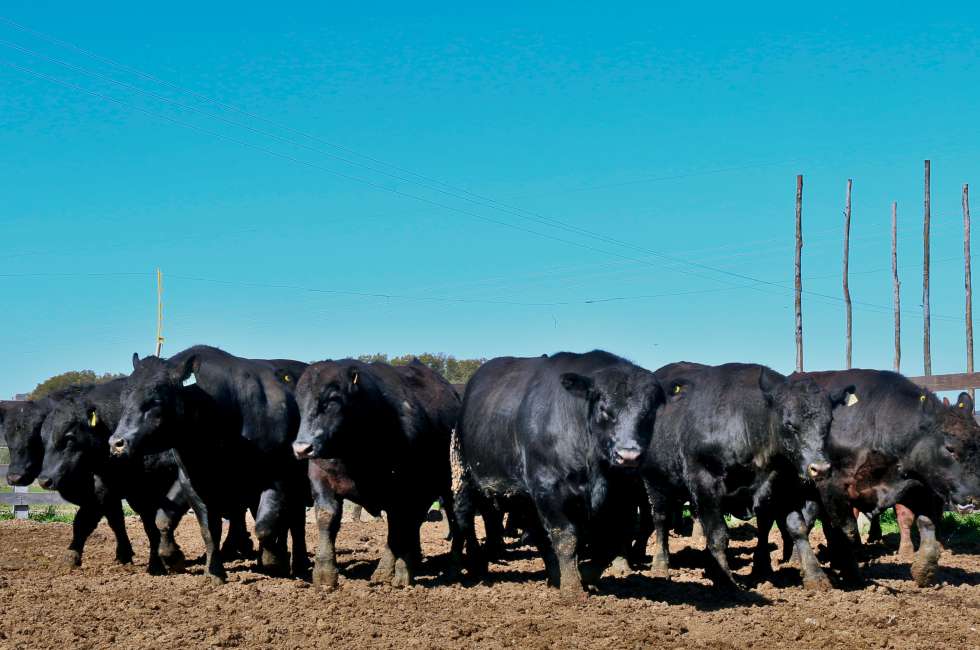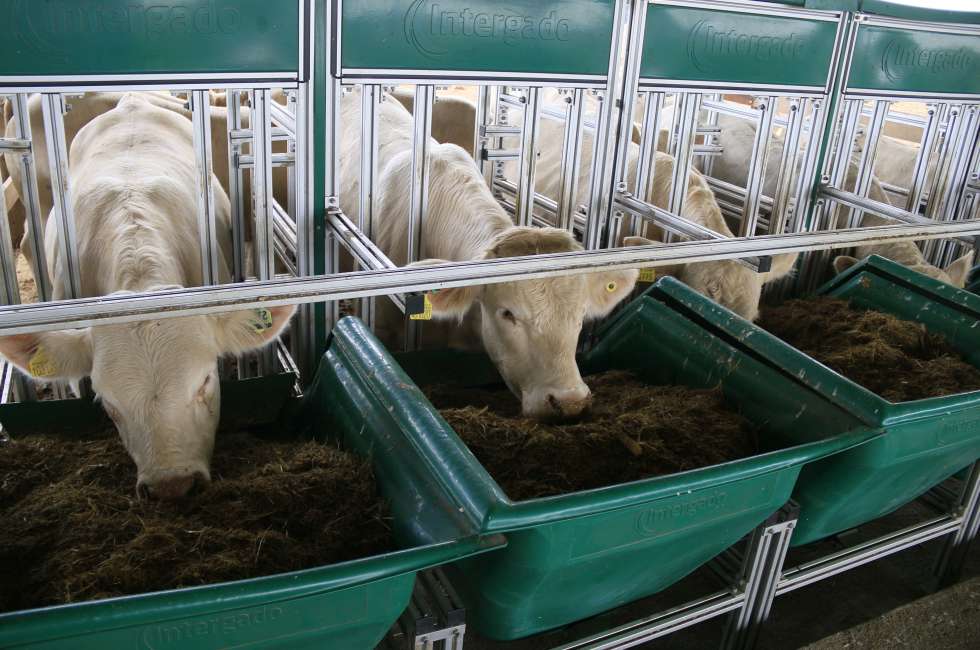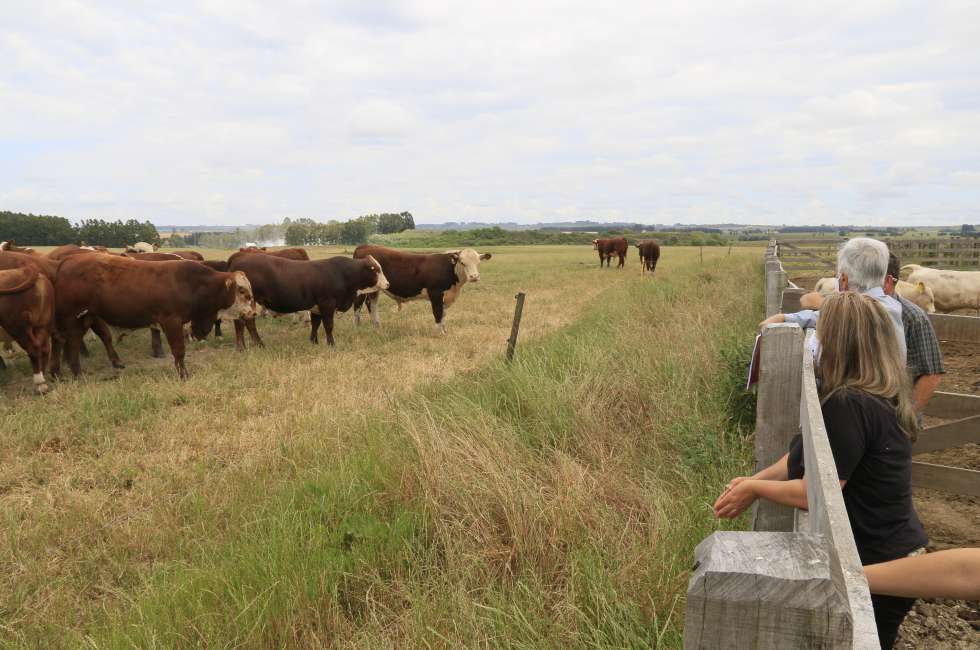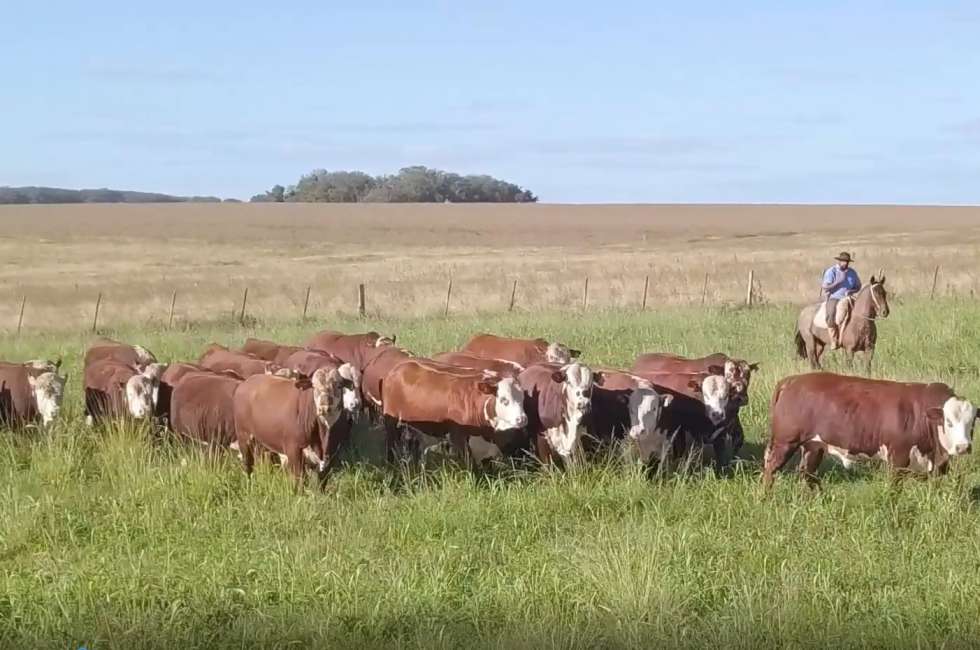Exclusive Interview with EMBRAPA Pecuária Sul
GENETIC IMPROVEMENT: THE IMPORTANCE OF FEED EFFICIENCY WHEN SELECTING EFFICIENT ANIMALS
Today, it is more than proven that animal feed represents more than 60% of total production costs, in livestock, reducing them is a way to obtain greater financial gain. That is why the selection of animals, through Feed Efficiency, has become a practice increasingly adopted by breeders, especially those who work with Genetic Improvement.
In order to disassociate the selection for Feed Efficiency from other characteristics, measurement parameters were created, such as Residual Feed Intake (RFI) and Residual Intake and Body Weight Gain (RIG). This classification is adopted by EMBRAPA Pecuária Sul in the Field Trails, as well as in the Feed Efficiency Test.
*At the end of this article, check out an exclusive interview with EMBRAPA Sul researchers, with details and curiosities about the test.*
THE VALUE OF TECHNOLOGY IN OBTAINING SUPERIOR GENETICS
The use of animals that are more efficient brings results in just two generations, resulting in savings of up to 15% per kilo of feed, increasing investment in technology and precision livestock, among farms that work with genetic improvement.
However, to get accurate results it is necessary to use the right tools. With this demand in mind, INTERGADO developed Intergado Efficiency, a technology that collects individual feed intake data on the weighing platform installed in front of the water trough. The equipment automatically makes available data related to the feeding behavior, in addition to the growth curve, used in the feed efficiency calculation.
This information is collected voluntary, it is not necessary to contain the animals. All simply and easily accessed by computer, tablet and cell phone. There are many benefits, both for the health of the herd and for the farm earnings.
Most of the Feed Efficiency Tests in Brazil, including EMBRAPA’s, use Intergado equipment, and for champion breeders focused on feed efficiency, this is nothing new, as 96% of them use Intergado technology.
To learn more about Intergado Efficiency click here.
CHECK OUT NOW INTERVIEW WITH THE RESEARCHERS OF EMBRAPA PECUÁRIA SUL
EMBRAPA Pecuária Sul – 05/2021
Interview conducted with Renata Suñe and Marcos Yokoo.
1) What is the importance of Feed Efficiency as a selection criteria?
Select efficient animals regarding feed intake, that is, those animals that consume less and gain more weight.
2) What are the requirements to participate in the efficiency tests?
The animals must belong to the same contemporary group that includes breed, management lot, sex (male, female, castrated, uncastrated), age with a maximum variation of 90 days and maximum age at the end of the test of 24 months.
3) How old are the animals and what is the acceptable variation? Is there an adaptation period?
The maximum variation is 90 days of age and the animals at the end of the test must be at most 24 months old. There is an adaptation period of at least 20 days.
4) Is there any control regarding the animals’ previous feeding management?
Control is carried out during the adaptation period.
5) Can it have any residual effects from previous diet?
As we use the adaptation period of at least 20 days with the new diet, this time is enough to adapt the rumen flora to the new diet and eliminate the effects of the previous one.
6) How should a breeder prepare to participate?
Obtain information, in the case of Embrapa Pecuária Sul, from the breed associations participating in the tests, regarding the necessary requirements for participation.
We currently work with Angus, Braford, Hereford and Charolais. The bull trails at Embrapa Pecuária Sul are carried out in partnership with breed associations
7) What are the CHARACTERISTICS evaluated by EMBRAPA?
Objective Evaluations:
• Measurement of Loin Eye Area
• Measurement of subcutaneous fat thickness
• Intramuscular fat measurement
• Andrological examination for males
• Scrotal Perimeter Measurement for Males
• Examination of eggs per gram of feces
Subjective Evaluations:
• Morphological assessments, regarding conformation, racial pattern and sexuality . This test must be carried out by a pair or trio of technicians from the breed associations.
8) Are animals ranked by isolated traits (best RFI, best RIG) or is there a general index? If yes, what would this index be?
It has an index. 50% for RFI and 50% for RIG
9) RFI is disputed by some researchers for being a trait that supposedly can negatively impact others such as fertility and finished carcass . What is Embrapa’s opinion on this?
On the issue of fertility, there is controversy in this regard. About the finished carcass , it can be said that if we selected only for feed efficiency, it could end up negatively affecting the finished carcass , as we would be selecting more efficient animals for muscle deposition. However, what is recommended is selection through an index that takes into account feed efficiency, finished carcass and fertility.
10) Is there any measurement concomitant with the efficiency test for purposes of monitoring or even composing an index that includes such characteristics?
For the composition of the feed efficiency index, only the residual weight gain and residual feed efficiency are considered . Ultrasound measurements are for monitoring purposes only.
11) How are tests conducted?
The animals arrive at Embrapa Pecuária Sul and undergo a sanitary control, with vaccinations, dewormers, etc., after a period of 4-6 days in a penn, so that the animals make the first interaction, as they come from different breeding farms.
After that, they move to the feedlock and start to receive the feed that will make up the diet during the adaptation and test period.
For approximately twenty days, animals will receive dietary feed in increasing amounts of concentrate for ruminal adaptation.
It starts with one third of the total amount (first week) increasing to two thirds (second week) and reaching the total amount of concentrate that will be used (third week).
After 20 days of adaptation, the proportion of the constituents of the diet is maintained and the proportion of the diet is offered in two or three daily supplies of the totally minced and mixed diet, at will.
The animals will remain, after the adaptation period, for a period of about 70 days in the evaluation period. During this period these animals have full feed intake control.
12) How long is the test?
90 days, with 20 days of adaptation and 70 days of tests.
13) How important are electronic systems for measuring consumption (and weight, if any)?
In our case, we work with the intake control. In this case, the tests of feed efficiency gives us the possibility to accurately measure the individual daily feed intake. Without the electronic systems it wouldn’t be possible to carry out the tests.
14) How important is tests for the national livestock?
Adding animals with better results in feed efficiency, directly inpacts the daily intake and the daily residual waste, in the medium and long term
15) Feed efficiency, although obviously important, has been little explored by breeding programs. How has EMBRAPA been thinking about making it a relevant feature for selection programs?
Performance tests alone would not be enough. The idea is, addition to carrying out performance tests, to genotype the animals, that is, collect the genotypes of these animals and make an association between genotyping and the results of the performance tests.
16) When will breeders and their customers start to see results and have economic gains from the selection for this characteristic?
When the bulls return to the beef cattle herd, the benefits of using these animals ito start to spread the benefits of feed efficiency to their progeny.


